Google Calendar is a powerful tool for managing your schedule, and syncing it with your Windows 11 device ensures you have all your events at your fingertips. This guide will show you how to synchronize your Google Calendar with the Windows 11 Calendar app, so you never miss an important date.
Syncing Google Calendar with Windows 11
To sync your Google Calendar with the Windows 11 Calendar app, follow these steps:
- Click the
Startbutton on the taskbar and select theCalendarapp from the pinned apps.
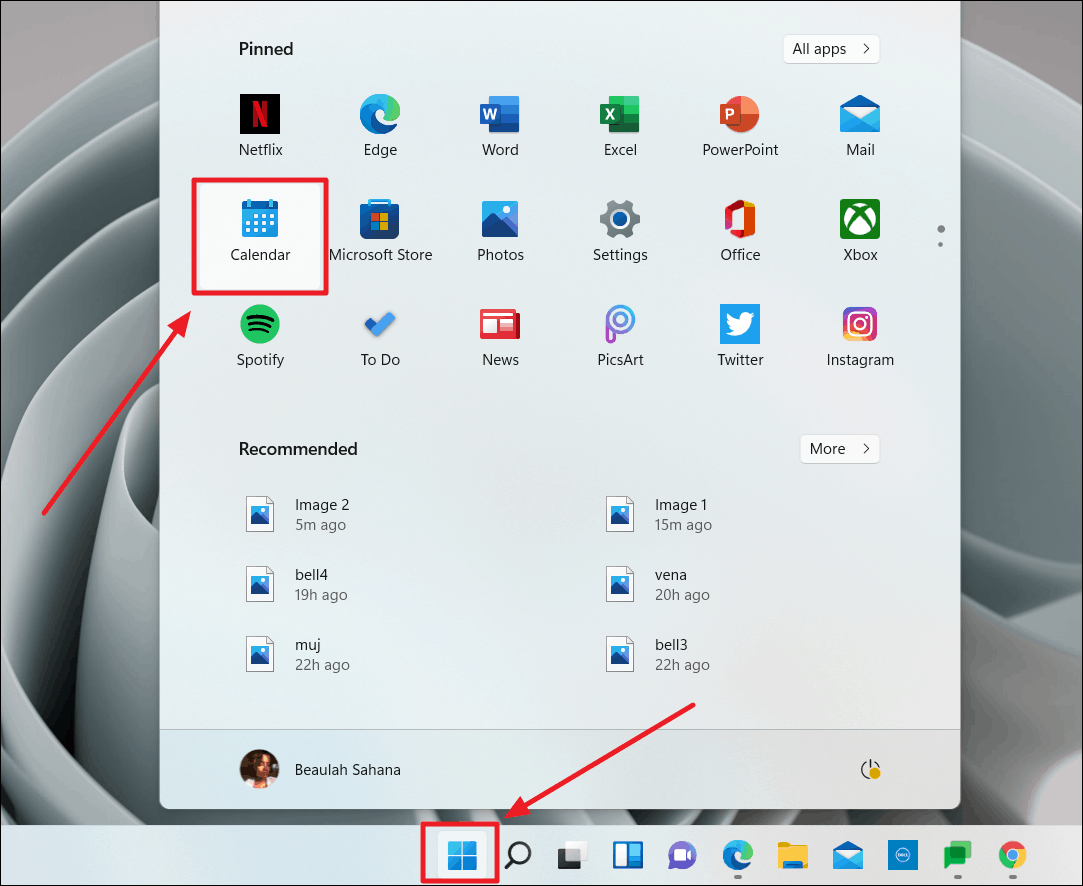
- If the
Calendarapp isn't pinned, typeCalendarinto the search field and select the app from the results. Alternatively, click onAll appsnext to thePinnedsection.

- Scroll through the list of apps and click on
Calendar.

- If prompted with an account screen, click on
+ Add accountor choose an existing account to proceed. Enter your credentials if necessary and continue with the following steps.

- If the
Calendarapp opens directly, click on theSettingsicon (gear icon) located at the bottom left corner of the window.

- In the Settings menu that appears on the right, select
Manage Accounts.
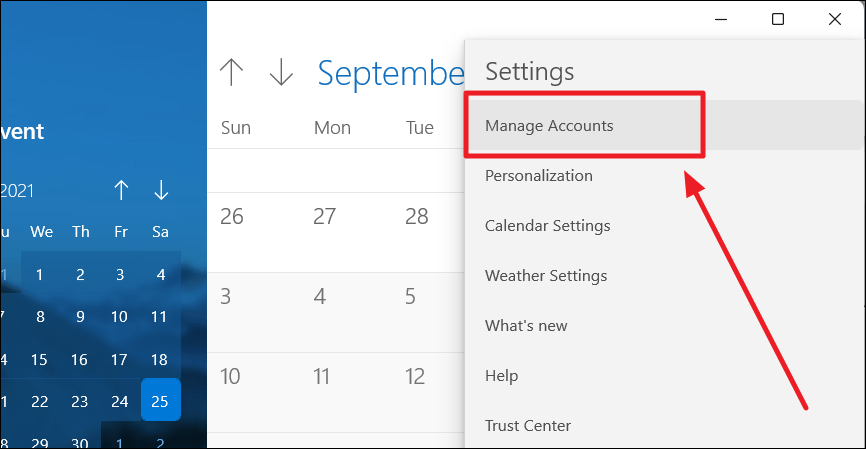
- Click on
+ Add accountunder the list of accounts.
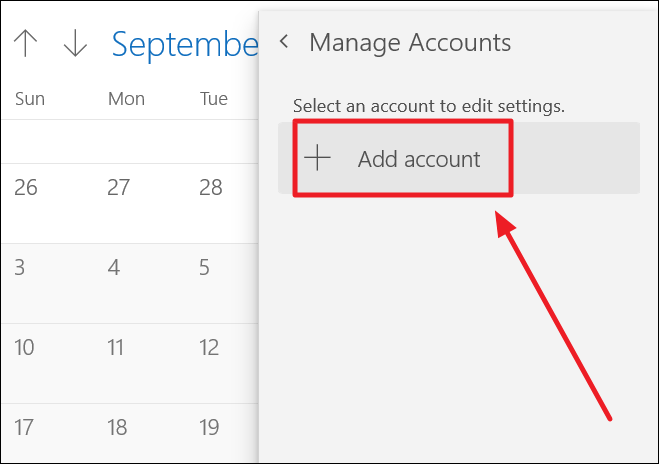
- Select
Googlefrom the list of account types. If your desired Google account appears underSuggested, you can select it directly.
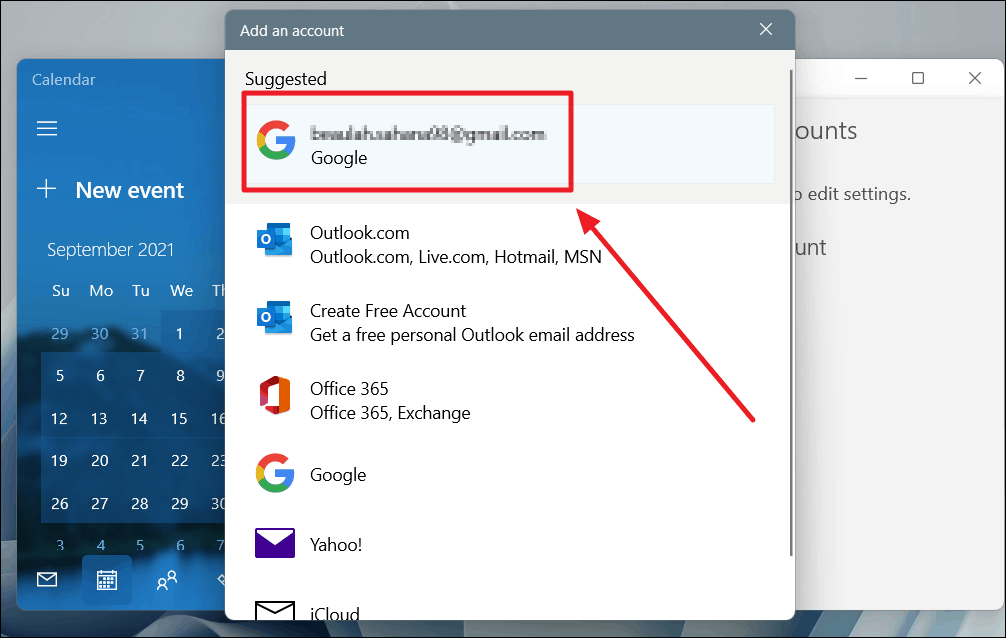
- A sign-in window will appear. Enter your Google email address or phone number and click
Next.
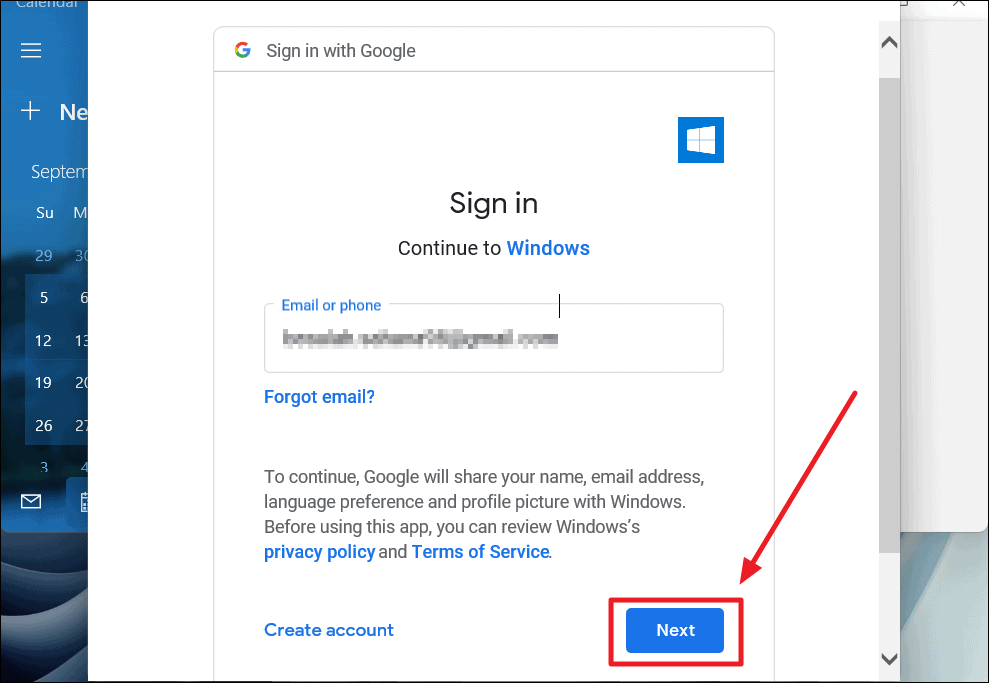
- Enter your Google account password and click
Nextto proceed.

- You'll be asked to allow Windows to access your Google account. Review the permissions and click
Allow.
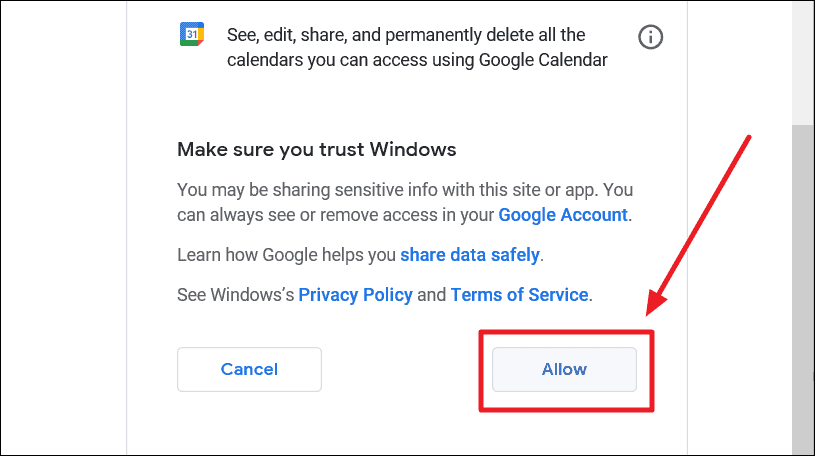
- Enter the name you want to use when sending emails and click
Sign in.

- A confirmation message will appear indicating your account has been set up. Click
Doneto finish the process.
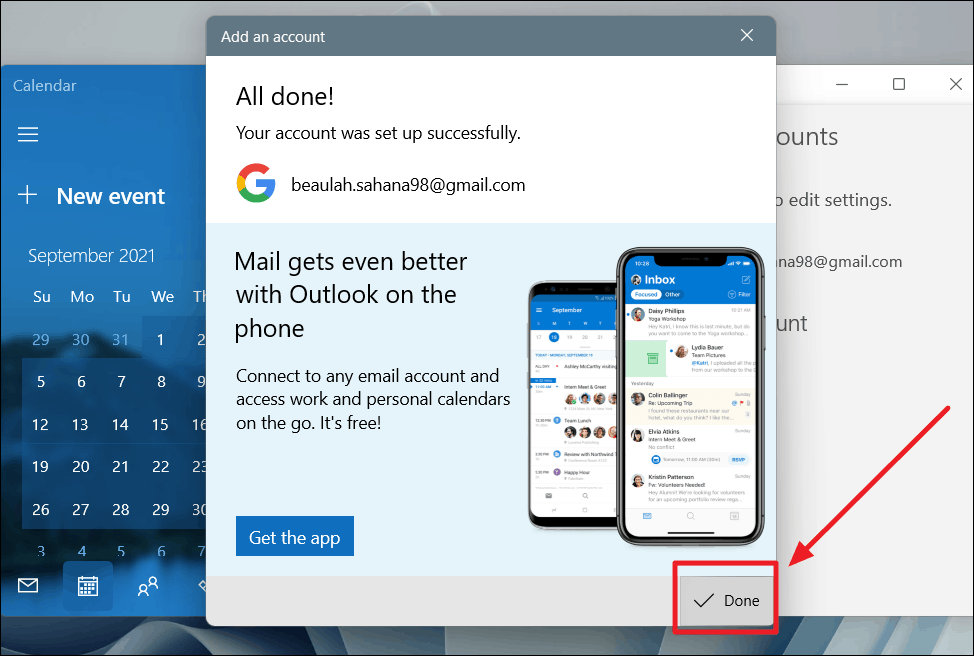
Your Google Calendar is now successfully synced with the Windows 11 Calendar app, and your events will start appearing in the app.
Note: Syncing your Google Calendar will also sync your email and contacts by default.
Modifying Sync Settings on Windows 11
If you prefer not to sync your email or contacts, you can adjust the sync settings:
- In the Calendar app, click on the
Settingsicon and selectManage Accounts.

- Select your Google account from the list.
- In the account settings window, click on
Change mailbox sync settings.
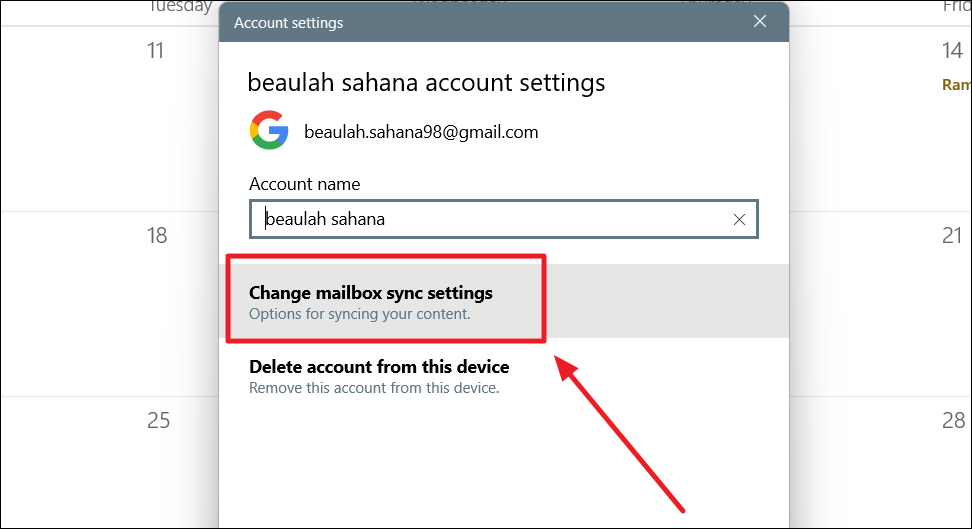
- Under
Sync options, turn off the toggles forEmailandContactsby clicking on them. They should appear grayed out when disabled. - Click
Doneto confirm your changes, then clickSavein the account settings window.

Your email and contacts will no longer sync with the Calendar app, but your calendar events will continue to synchronize.
Customizing Your Calendar View
The Calendar app may display holidays, birthdays, and events from your contacts by default. To customize what you see:
- In the Calendar app, look at the left sidebar where your calendars are listed.
- Uncheck the boxes next to calendars you don't want to display, such as
HolidaysorBirthday calendar.
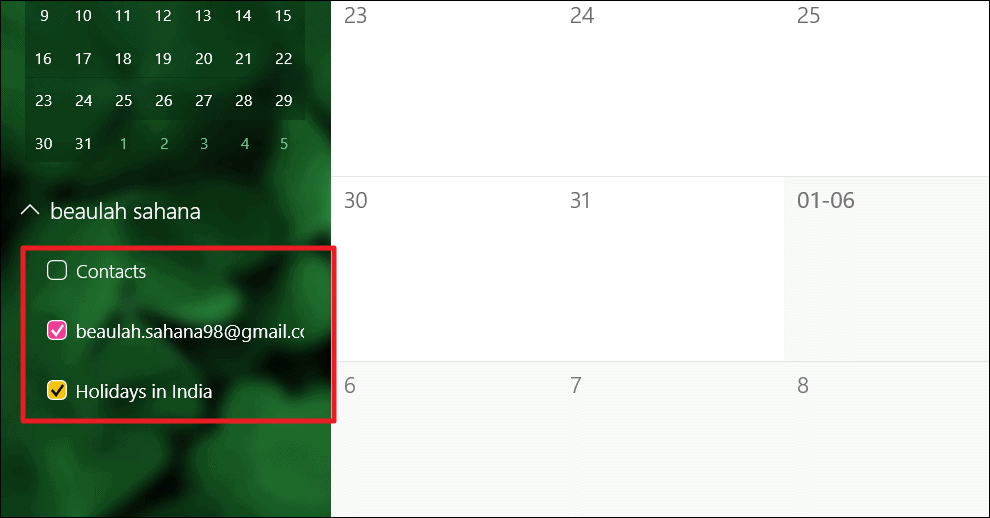
The Calendar app will now display only the calendars you've selected, helping you focus on the events that matter most to you.
By syncing your Google Calendar with Windows 11 and customizing your settings, you can efficiently manage your schedule from one place.

